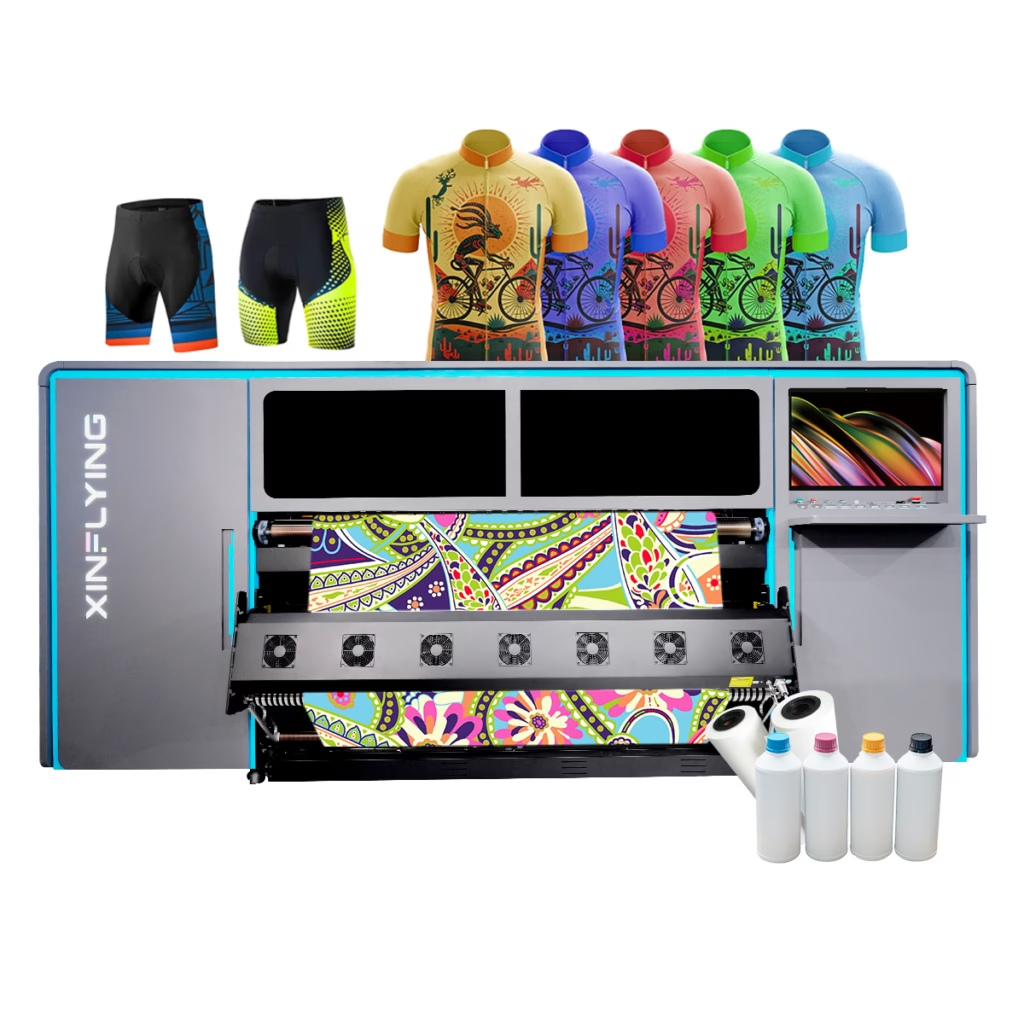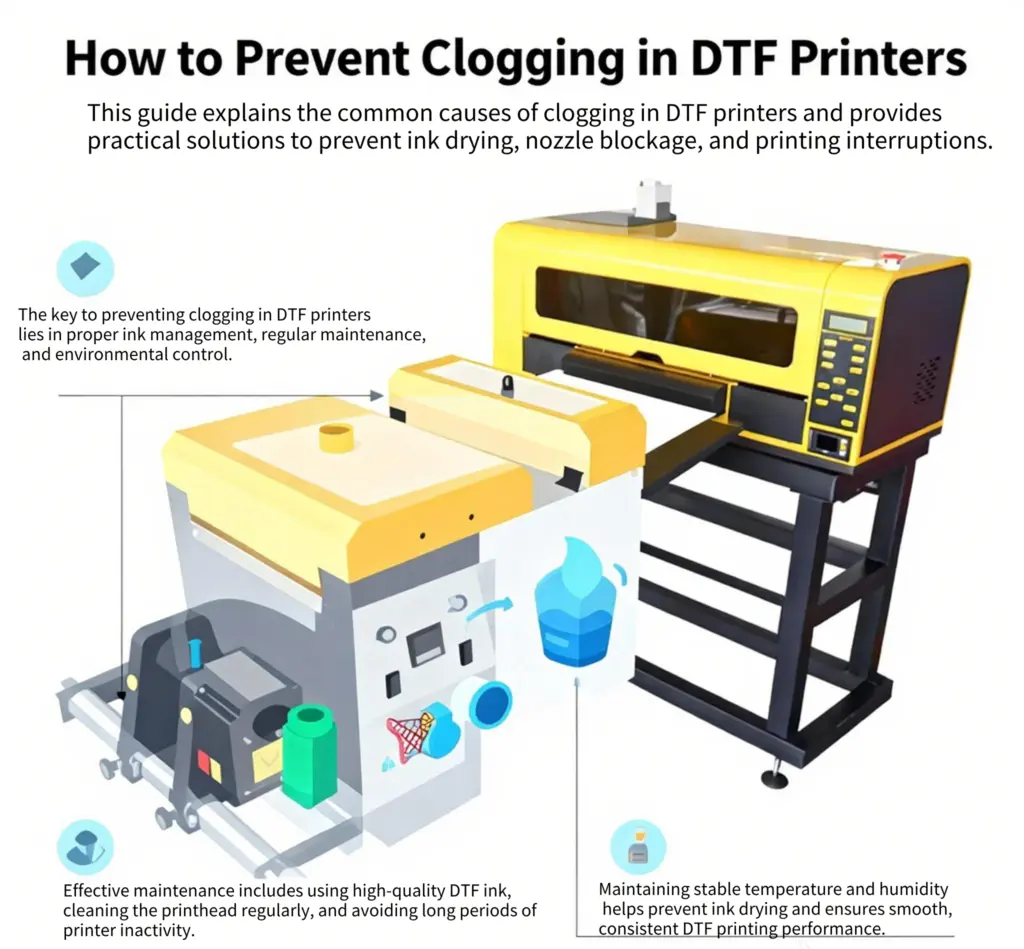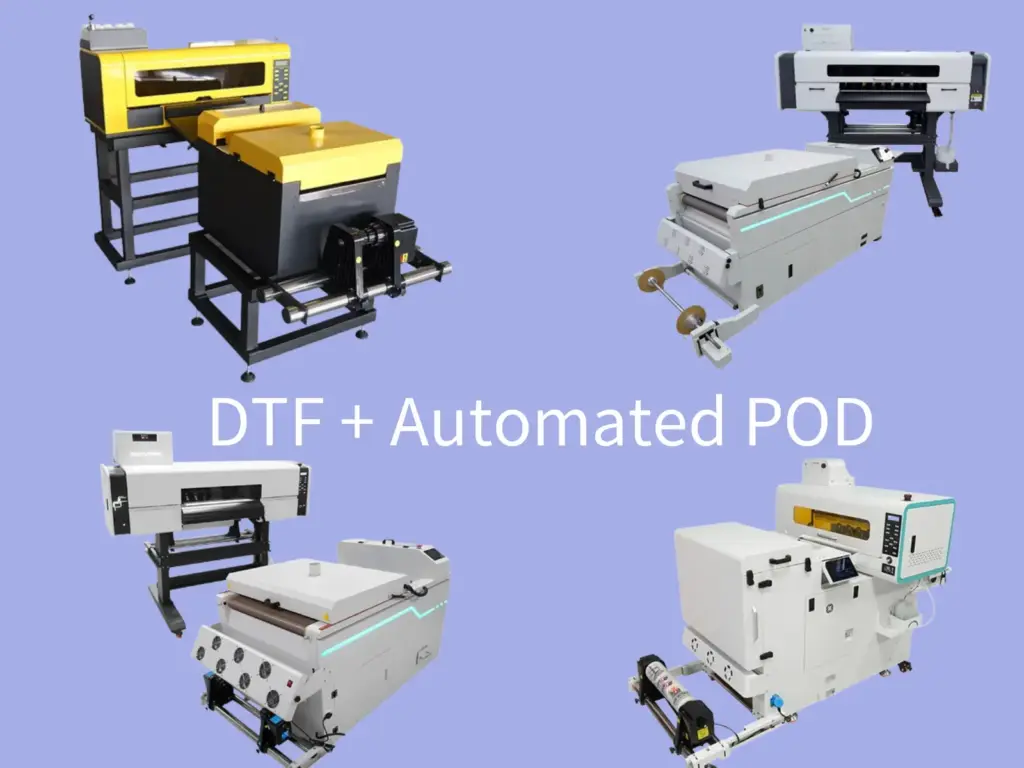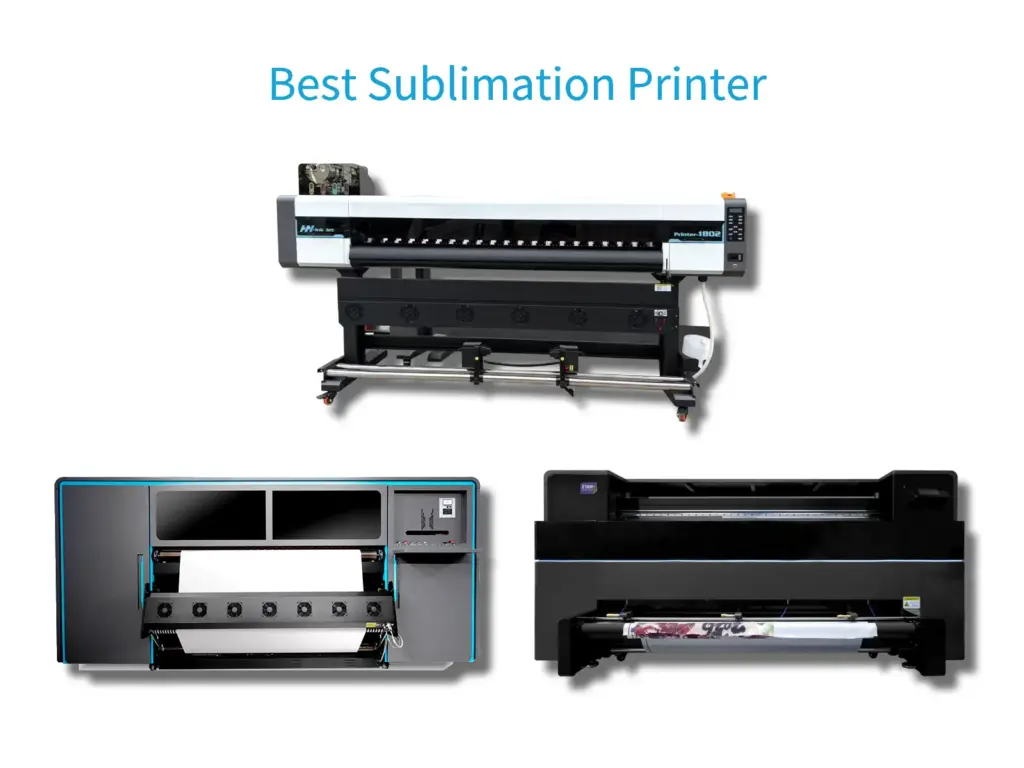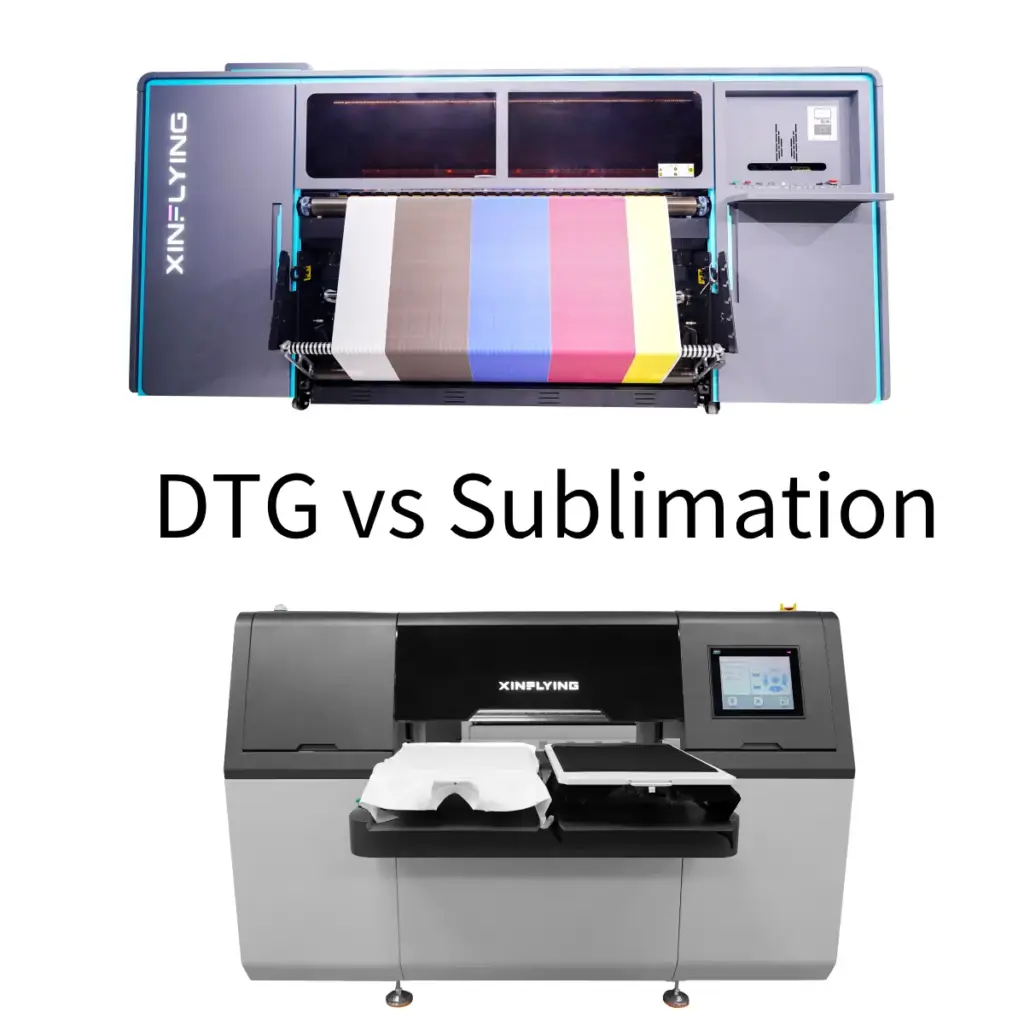I de senere år, DTF -branchen har oplevet en bemærkelsesværdig vækst og fremskridt, Gør det til et populært valg for modedesignere, mærker, og virksomheder, der leder efter bæredygtige og Udskrivningsløsninger af høj kvalitet. I dette blogindlæg, Vi vil udforske de mange fordele ved at bruge DTF Hot Melt -pulver og få værdifuld indsigt i dens applikationer på tværs af forskellige brancher. Derudover, Vi giver praktiske tip til at maksimere potentialet i DTF -klæbende pulver for at opnå fremragende resultater i dine udskrivningsindsatser.
Hvad er DTF varmt smeltepulver?

DTF hotmelt pulver, Også kendt som DTF -pulver, er en vigtig komponent i DTF (Direkte til film) Udskrivningsproces. Det er et specialiseret varmt smelte klæbende pulver lavet af polyesterharpiks, farver, og andre tilsætningsstoffer. Dette unikke pulver spiller en central rolle i at sikre en vellykket overførsel af design på forskellige stoffer med enestående vedhæftning og holdbarhed.
Sammensætningen af DTF -varmt smeltepulver inkluderer polyurethanharpiks, som jordes til et klæbende pulver. Denne formulering tilbyder fremragende bindingsegenskaber, når de anvendes ved hjælp af professionelle varmepressemaskiner. Alsidigheden i dette pulver strækker sig til sin anvendelse på forskellige typer stoffer, Gør det til et ideelt valg til en lang række udskrivningsbehov.
Fordelene ved at bruge DTF -varm smeltepulver
DTF varmt smeltepulver giver et væld af fordele, Gør det til en uundværlig komponent i DTF -udskrivningsprocessen. Lad os udforske de bemærkelsesværdige fordele, som denne varme smelte klæbende pulver bringer til området for tekstilprinting.
Tilvejebringer livlige og holdbare udskrifter
Anvendelsen af DTF -varmt smeltepulver sikrer, at udskrifter udviser enestående vibration og holdbarhed. DTF -udskrivning giver adskillige fordele med hensyn til udskriftskvalitet og lang levetid, med udskrifter betragtes som ekstremt holdbare, glat, Elastisk, modstandsdygtig over for revner, og i stand til at håndtere tung brug. Dette tilskrives pulvers klæbende karakter, som binder blækket fast til stoffet, resulterer i langvarige og visuelt slående design.
Forbedrer farvemætning og detaljer
En af de vigtigste fordele ved overførselspulver for DTF er dens evne til at forbedre farvemætning og fine detaljer i trykte design. DTF-overførsler involverer udskrivning af design på en kæledyrsfilm ved hjælp af vandbaseret blæk og et specielt pulverbindemiddel. Resultatet er imponerende kvalitetsprint med rige detaljer og livlige farver. Denne forbedringsevne giver mulighed for, at indviklede detaljer og livlige farver gengives nøjagtigt med enestående klarhed, hæve den samlede visuelle appel af tekstilprint.
Omkostningseffektivitet
Ud over dets æstetiske fordele, Varm smelteklæbende pulver bidrager også til omkostningseffektivitet i tekstilprintprocesser. Ved at minimere blækspild og sikre effektive overførselsprocesser, DTF Hot Melt Powder tilbyder økonomiske løsninger til behov for tekstiludskrivning. Desuden, Dens holdbarhed reducerer behovet for hyppige gentryk, fører til betydelige omkostningsbesparelser over tid.
Alsidighed i applikationer
Anvendelsen af DTF -varm smeltepulver strækker sig over et bredt spektrum af udskrivningsbehov, viser sin bemærkelsesværdige alsidighed og tilpasningsevne. Denne specialiserede varm smelte klæbemaskine fungerer som en afgørende komponent i DTF (Direkte til film) Udskrivningsproces, Tilbyder flere fordele i forhold til traditionelle overførselsmetoder.
Hvordan man bruger DTF varmt smeltepulver
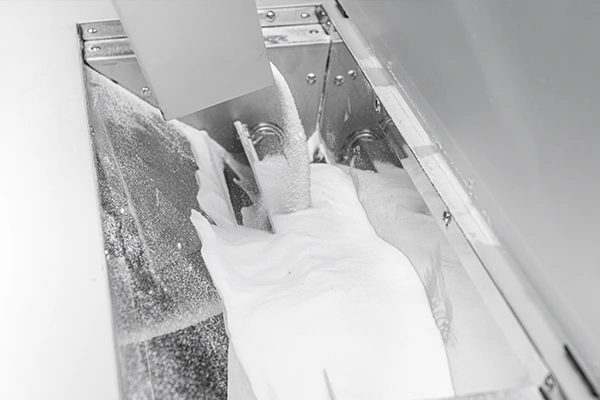
Ansøgningsprocessen for DTF Varmt smeltepulver involverer flere centrale trin for at sikre præcise og konsistente resultater. Til at begynde, Det er vigtigt at udskrive design på en DTF-film ved hjælp af vandbaseret blæk, Oprettelse af livlige og detaljerede billeder klar til overførsel. Når designet er trykt, Det næste trin involverer anvendelse af et jævnt lag af smeltelim pulver Over hele det trykte område.
Valg af den rigtige DTF -hotsmeltepulver
Valg af den rigtige DTF -hotsmeltepulver er afgørende for at opnå de bedste resultater i dine trykprojekter. Her er nogle faktorer, der skal overvejes, når du vælger et DTF -varmt smeltepulver:
- Kompatibilitet med din printer: Sørg for at vælge et DTF -varmt smeltepulver, der er kompatibelt med din specifikke printermodel. Nogle pulvere er designet til specifikke printermærker eller modeller, Så sørg for at kontrollere produktspecifikationerne for at sikre kompatibilitet.
- Stofkompatibilitet: Overvej den type stof, du vil udskrive på, Da ikke alle DTF -varme smeltepulvere er egnede til alle stoftyper. Nogle pulvere fungerer måske bedre på polyesterstoffer, Mens andre kan være designet til bomuld eller blandinger. Vælg et pulver, der er passende til det stof, du vil bruge.
- Farveintensitet og livlighed: Se efter et DTF-varmt smeltepulver, der giver livlige og langvarige farver. Kontroller kundeanmeldelser og prøver for at sikre, at pulveret leverer den farveintensitet, du ønsker.
- Vaskbarhed og holdbarhed: Overvej vaskbarheden og holdbarheden af DTF Hot Melt Powder. Et pulver i høj kvalitet skal være i stand til at modstå flere vaskecyklusser uden at falme eller skrælle.
- Brugervenlighed: Vælg et DTF -varmt smeltepulver, der er let at arbejde med og giver ensartede resultater. Se efter pulvere, der er lette at anvende og fordele jævnt på overførselspapiret.
- Koste: Sammenlign priserne på forskellige DTF -varme smeltepulver for at finde et produkt, der passer inden for dit budget, mens du stadig opfylder dine kvalitets- og ydelseskrav.
Forskelle mellem sorte DTF -pulvere og hvide DTF -pulvere
Når det kommer til at vælge den rigtige DTFHOT -smeltepulver til dine udskrivningsbehov, At forstå forskellene mellem sort / hvide pulvere er afgørende. Hver variation tilbyder unikke egenskaber, der er skræddersyet til specifikke stoftyper, farver, og ønskede resultater.
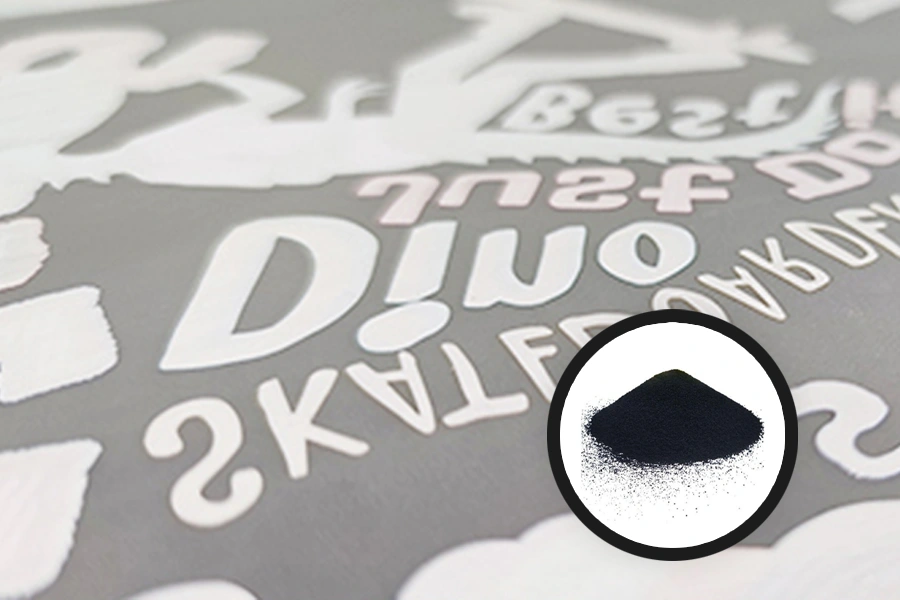
Sorte DTF -pulvere
Sort DTF -pulver er specifikt konstrueret til mørkefarvede tøj eller stoffer, hvor stærk vedhæftning er kritisk. Det tilbyder enestående strækbestandighed, Vandtæt egenskaber, og fremragende vaskemodstand - hvilket gør det velegnet til at opretholde udskriftsintegritet, selv efter gentagen vask eller renseri. Anvendelsen af sort DTF -pulver strækker sig over et bredt spektrum af trykbehov, viser sin bemærkelsesværdige alsidighed ved at tackle de udfordringer, der er forbundet med at overføre design til mørke stoffer.
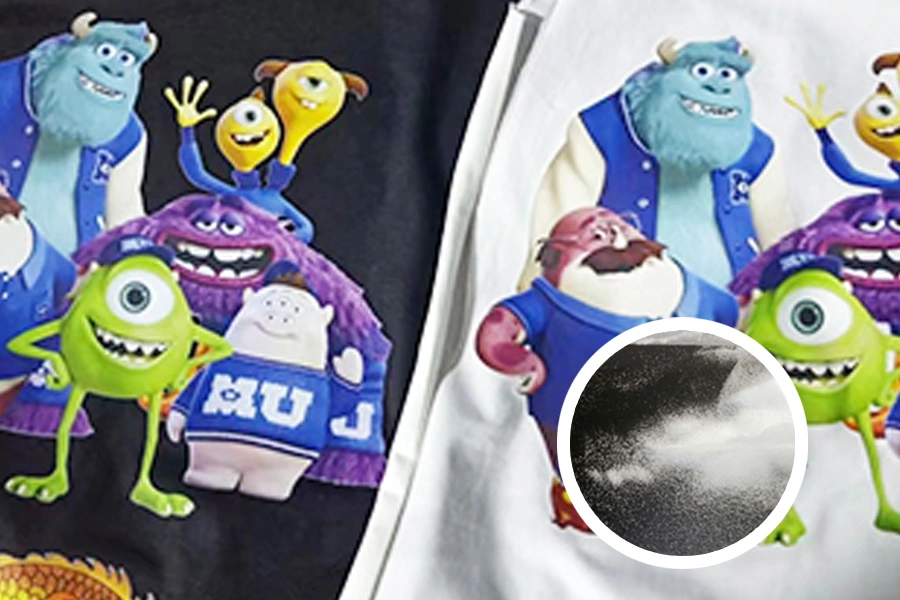
Hvide DTF -pulvere
På den anden side, hvid DTF -pulver er formuleret med 100% Polyurethan med høj renhed, Tilvejebringelse af ekstraordinære bindingsfunktioner, mens du opretholder fleksibilitet. Dette premium-medium klæbende pulver fungerer som en afgørende komponent i opnåelse af livlige og holdbare udskrifter på lysfarvede tøj. Dens kompatibilitet med delikate stoffer sikrer, at farvevejledning bevares uden at gå på kompromis med holdbarheden eller vaske modstand. Ud over dets klæbende egenskaber, hvid DTF -pulver bidrager til at forbedre farvemætning og fine detaljer i trykte design.
Tips til opnåelse af optimale resultater med DTF -hotsmeltepulver
Når det kommer til at bruge DTF varmt smeltepulver effektivt, Der er flere vigtige tip, der skal overvejes, der kan påvirke kvaliteten og holdbarheden af dine tekstilprint.
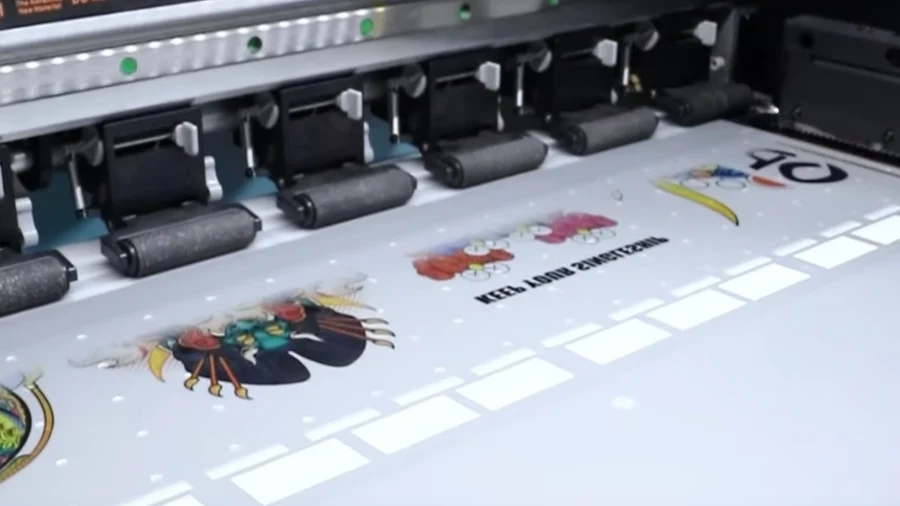
- Brug den rigtige type stof: Ikke alle stoffer er egnede til DTF -udskrivning med varmt smeltepulver. Sørg for at bruge stoffer, der har et højt polyesterindhold, da de generelt giver de bedste resultater.
- Sørg for korrekt varmepresseindstillinger: Forskellige varmepressemaskiner har forskellige indstillinger, Så sørg for at følge producentens retningslinjer for de bedste resultater. Typisk, En temperatur på omkring 320-330 ° F og en presserende tid på 15-20 sekunder anbefales.
- Brug den rigtige mængde varmt smeltepulver: Det er vigtigt ikke at overdrive det med det varme smeltepulver, da for meget kan få designet til at blive sløret eller forvrænget. Følg de anbefalede retningslinjer for den mængde pulver, der skal bruges til optimale resultater.
- Sørg for endda distribution af pulveret: Sørg for at sprede det varme smeltepulver jævnt over designet, Brug af en squeegee eller børste for at sikre, at alle områder er dækket. Dette vil hjælpe med at skabe et glat og sprødt tryk.
- Tillad tilstrækkelig afkølingstid: Efter at have presset designet, Lad stoffet køle helt ned, inden overførselspapiret fjernes. Dette vil hjælpe med at indstille designet korrekt og forhindre udtværing eller udtværing.
- Test forskellige designs og indstillinger: Det kan tage en vis prøve og fejl at finde de perfekte indstillinger til dit specifikke design og stof. Eksperimenter med forskellige designs, temperaturer, og pressetider for at opnå de bedste resultater.
- Overvej efterbehandlingsteknikker: Efter udskrivning med DTF -varmt smeltepulver, Overvej at bruge efterbehandlingsteknikker såsom varmehærdning eller vask for yderligere at forbedre designens holdbarhed og levetid.
Konklusion
Som konklusion, DTF varmt smeltepulver fungerer som en uundværlig komponent i DTF -udskrivningsprocessen, At spille en afgørende rolle i overførsel af livlige og holdbare designs til forskellige materialer. Sammensat af polyesterharpiks, farver, og andre tilsætningsstoffer, Dette udskrivbare klæbende pulver tilbyder enestående alsidighed i applikationer, Gør det velegnet til bomuld, polyester, og endda lædermaterialer.
Fascineret af vidundere ved DTF -teknologi? Deltag i os i at udforske flere innovative løsninger til dine udskrivningsbestræbelser!

